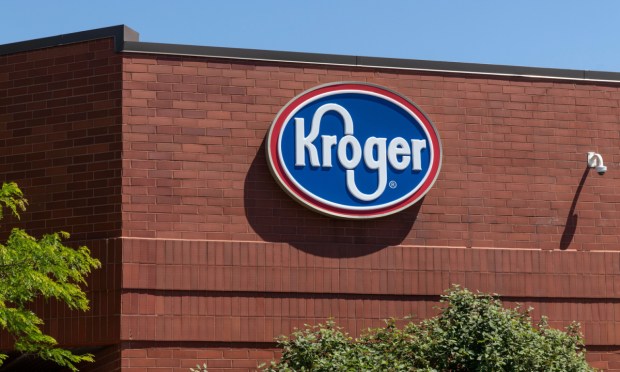Kroger Feels Impacts of Low-Income Shoppers’ Trade-Down Amid SNAP Cuts

With many low-income consumers struggling with the impacts of the reduction in their benefits, Kroger is seeing its more budget-pressured customers pull back.
The United States’ leading pure-play grocer shared on a call with analysts Friday (Sept . 8) accompanying its second quarter Fiscal 2023 financial results how it has seen these shoppers change their purchasing behaviors.
“The effects of sustained inflation, reduced government benefits including SNAP [Supplemental Nutrition Assistance Program] and higher interest rates have pressured customer spending, especially for those on a tight budget,” the grocer’s CEO Rodney McMullen said. “… These customers are buying in smaller pack sizes, [at] times prioritizing the lowest shelf price, … building smaller baskets and switching to lower-priced items to stretch their budgets.”
McMullen added that these consumers’ spending tends to vary based on payroll periods and the state of their SNAP benefits.
Amid these economic challenges, the company’s sales dropped by about $700 million year over year in the quarter, down to $33.9 billion from $34.6 billion in Q2 2022.
Indeed, PYMNTS Intelligence reveals that consumers are pulling back amid these ongoing economic challenges. According to the May report, “Consumer Inflation Sentiment Report: Consumers Cut Back by Trading Down,” which drew from a spring survey of more than 2,000 U.S. consumers, 57% have cut down on nonessential grocery spending, and 47% of shoppers have switched to sellers that offer better prices on groceries.
Notably, however, Kroger is seeing some benefits on the other end, with high-income consumers trading down from more premium grocers and willing to spring for higher-value items and bigger baskets.
“Higher-income households continue to engage more deeply with us, enjoying our customer experience with zero compromise on convenience, quality and value,” McMullen stated. “These customers are especially valuable to our mix, as they purchase bigger pack sizes, shop more fresh categories and trade up to more premium Our Brands products.”
Across all income brackets, consumers continue to carve out at least some room in their budgets for nice-to-have grocery products — even those who have trouble making ends meet.
PYMNTS Intelligence from our recent report “New Reality Check: The Paycheck-to-Paycheck Report – The Nonessential Spending Deep Dive Edition,” created in collaboration with LendingClub, for which we surveyed more than 3,400 U.S. consumers, reveals that three-quarters of all consumers buy “nice-to-have” items at the grocery store at least sometimes. In fact, even the majority (59%) of consumers living paycheck-to-paycheck with issues paying bills reported that they do so.
Amid consumers’ ongoing price concerns, Kroger continues to see its digital coupon redemption grow, up 29% year-over-year in the quarter, according to a presentation shared with investors, as “digitally engaged households” increased by 1.2 million.
Additionally, as the company’s planned merger with Albertsons proceeds, Kroger is touting that, combined, the two grocers have first-party data from approximately 85 million households, which can in turn improve the company’s ability to personalize the experience and drive sales and loyalty going forward.
“We are creating more engagement with customers through personalization offering more targeted and effective promotions,” McMullen said, “and our seamless ecosystem is resonating with customer needs and allows us to derive increased loyalty.”

